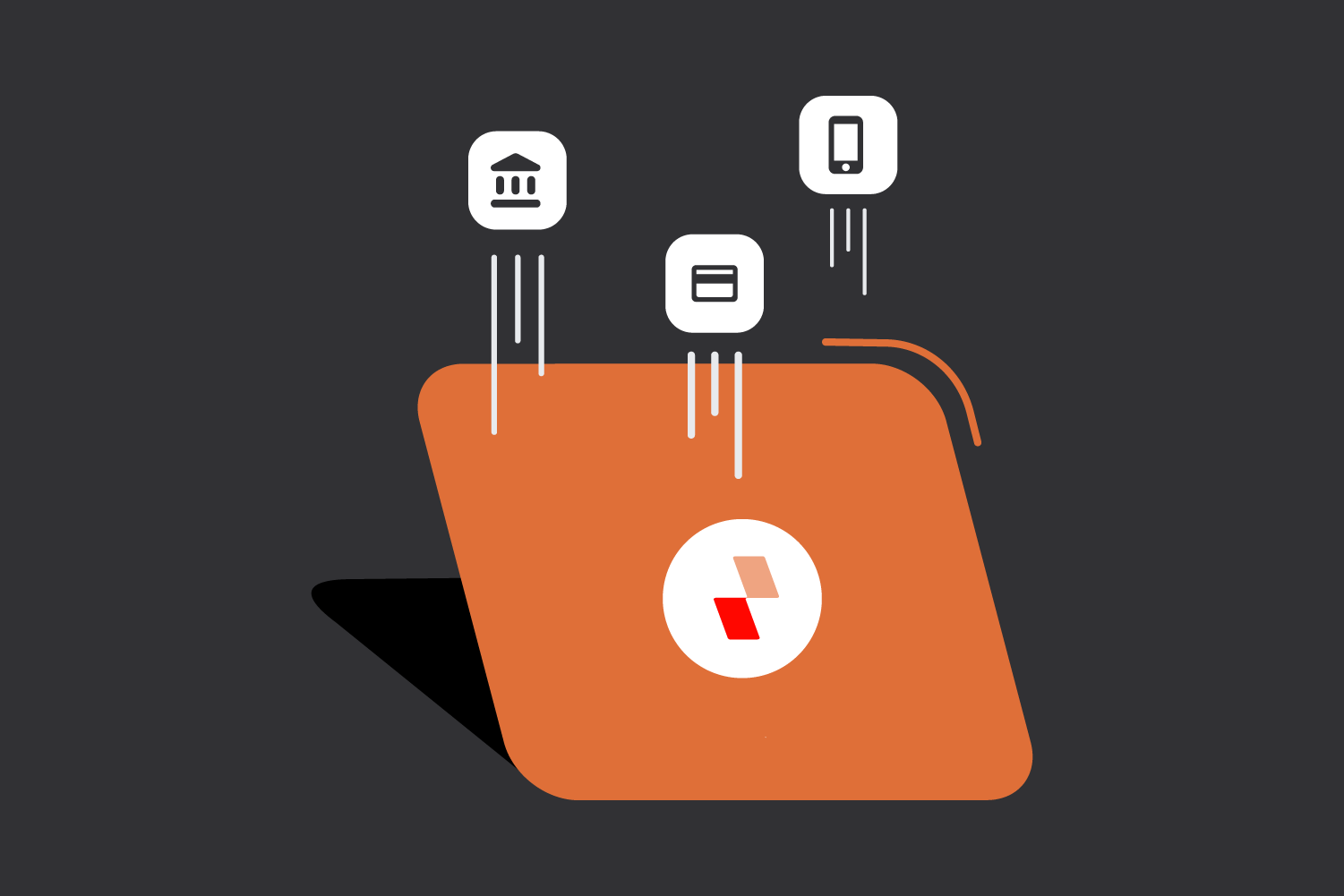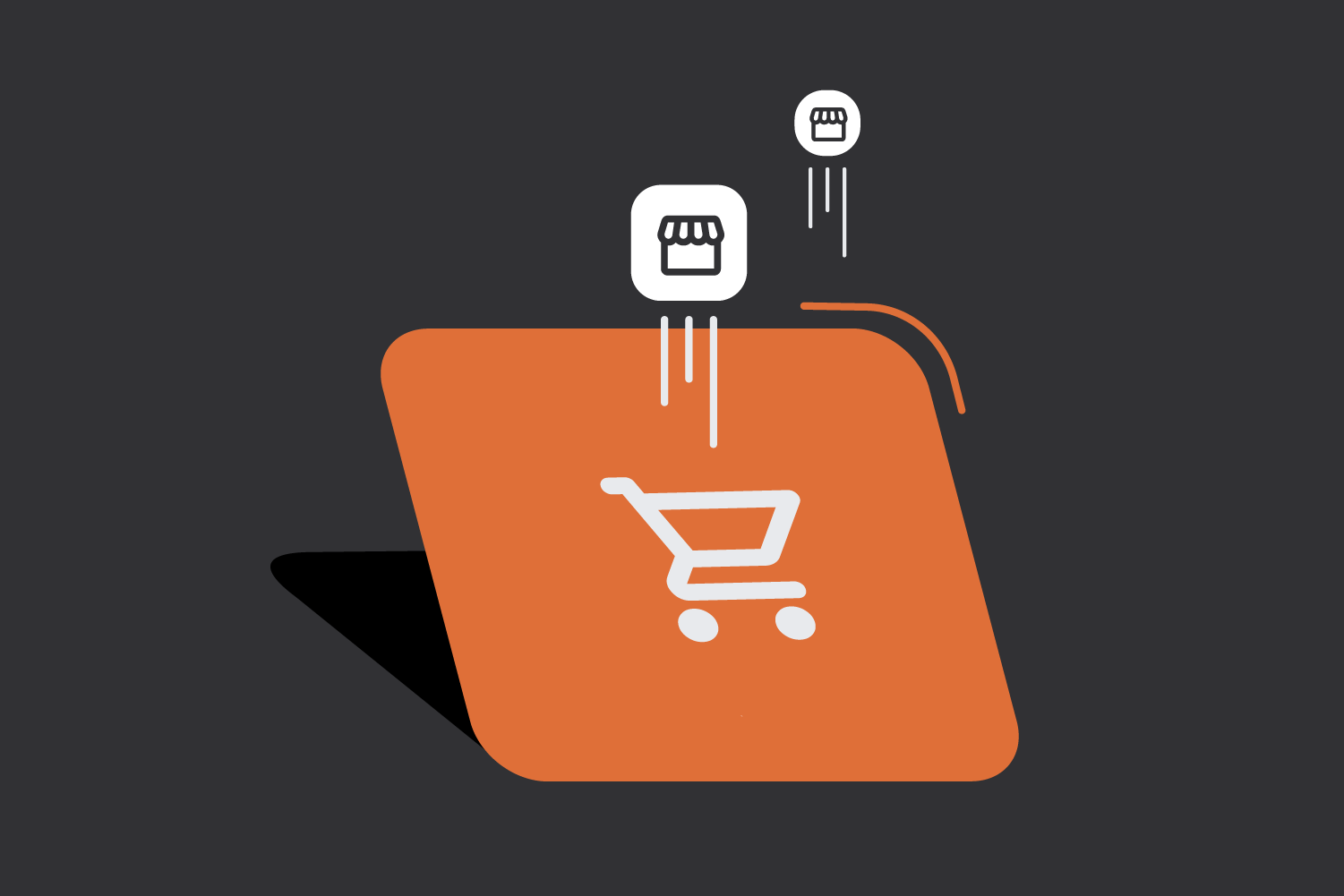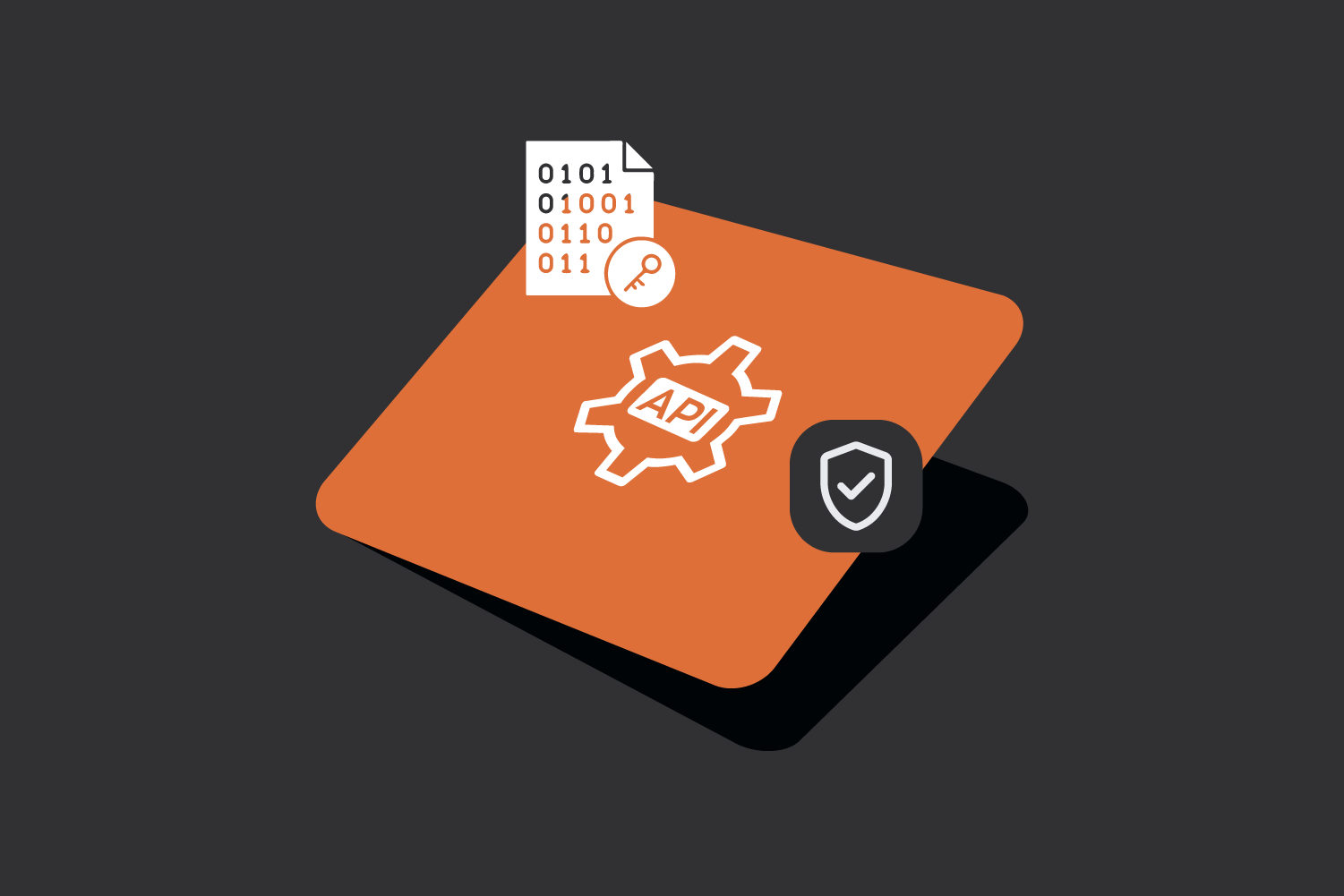Every digital transaction involves the movement of money, whether it’s a customer paying for a product, a business sending a refund, or a platform transferring earnings to a service provider. Behind each of these actions is a system that handles how funds enter and exit.
Understanding how this flow works is important for anyone involved in managing payments. It not only supports smoother operations but also builds trust among users, partners, and stakeholders. In this guide, we take a closer look at the two key processes that drive modern payment systems, how they differ, and why they matter for businesses and digital platforms.
What Are Payins?
A payin refers to the process of receiving money into a system. In simple terms, it’s when someone adds or transfers money into an account or platform.
Examples of Payins:
- A customer making a payment on an e-commerce website
- A user topping up their digital wallet using a card or bank transfer
- A subscriber paying a monthly fee on a streaming platform
In all these examples, money is entering a system—whether it’s a bank account, a merchant’s account, or a digital platform. Payins are often the starting point in a transaction flow. They ensure that funds are available in a system before any further processing, like orders or services, can take place.
This step is especially relevant in sectors like e-commerce, SaaS, digital subscriptions, and apps, where money collected directly supports business continuity and service delivery.
Who Deals with Payins?
- Online businesses receive customer payments for products or services.
- Payment gateways facilitate incoming transactions securely and quickly.
- Digital platforms that hold balances, credits, or wallet amounts for users.
For these entities, a reliable payin infrastructure ensures reduced failure rates, faster settlements, and better customer experience. In a market where digital payment adoption is high, ensuring seamless payins becomes a critical business need rather than a technical formality.
Efficient payin systems also help reduce abandoned checkouts, lower transaction costs, and support reconciliation efforts—making them an integral part of any payment stack.
What Are Payouts?
A payout is the process of sending money out from a system. In other words, it’s when a business, platform, or individual transfers money to someone else.
Examples of Payouts:
- An online marketplace paying its sellers
- A business processing a customer refund
- A freelancer platform transferring earnings to a service provider
Payouts often happen after a service is delivered, a product is sold, or a balance reaches a threshold. It’s the final step in many transaction flows. For platforms managing multiple stakeholders—like sellers, partners, freelancers, or service providers—managing payouts well is essential to maintaining operational efficiency and credibility.
This is where payout automation comes into play. Automating these processes not only ensures accuracy but also saves time, especially when dealing with large volumes of payments or complex payout schedules.
Who Handles Payouts?
- Platforms that distribute earnings to vendors, creators, or partners.
- Businesses issuing refunds, reimbursements, or commissions.
- Fintech tools managing bulk transfers, scheduled settlements, payout gateways, or automated disbursals.
The efficiency of payouts can significantly influence how people perceive a business. On-time settlements build loyalty, while delays or inconsistencies can lead to complaints, loss of trust, or even regulatory scrutiny.
For high-volume use cases such as logistics or online services, poor payout infrastructure can directly impact service delivery, retention, and revenue realization. Businesses using payout automation can streamline these disbursements, minimize human error, and stay compliant across different jurisdictions.
Why Understanding Both Matters
Payins and payouts may sound like technical terms, but they affect everyday transactions across industries. Here’s why getting both right is essential:
1. For Businesses
Businesses rely on a steady flow of payins to generate revenue. But how they manage payouts—to vendors, employees, or customers—also impacts their operations. Delays or errors in either can affect cash flow, credibility, and long-term sustainability.
For example, an online store may receive payments smoothly but lose customer trust if refund processes are slow or unclear. Similarly, a platform that pays service providers late risks losing its trusted partners. Implementing payout automation in such cases can help maintain transparency and speed.
2. For Users
Understanding the difference helps users track their transactions better. If a refund is delayed, knowing that it’s a payout (and may go through a different process than a payin) helps set expectations. It also allows users to differentiate between issues related to payment acceptance versus disbursement.
It’s also worth noting that payins and payouts often follow different T+ cycles— the time it takes for funds to settle can vary. This distinction helps avoid confusion around transaction timelines.
3. For Platforms and Apps
Digital platforms often act as intermediaries. They need to collect funds (payins) and distribute them (payouts) accurately. Failing at either end can lead to user complaints, compliance challenges, or operational disruption.
Platforms that rely on payout automation and integrate a reliable payout gateway are better equipped to manage large-scale settlements, reduce manual effort, and offer better visibility to their users and partners.
Common Use Cases
Let’s look at how payins and payouts work together in real-world scenarios:
E-commerce
- Payin: A customer pays for a product online.
- Payout: The platform sends the seller their share after deducting fees.
Gig Economy
- Payin: A customer books a ride or orders food.
- Payout: The platform pays the driver or delivery partner after the service is completed.
Digital Wallets
- Payin: A user adds money to their wallet.
- Payout: The same user withdraws funds to their bank account or pays a contact.
Subscription Platforms
- Payin: Monthly or yearly fees are collected from users.
- Payout: Revenue shares are distributed to partners or service providers.
B2B Services
- Payin: A client makes a payment for services.
- Payout: The agency or service provider pays its contractors or freelancers.
In all these cases, a smooth flow of incoming and outgoing payments helps the system work well. Businesses that manage both effectively, often by leveraging tools like payout automation, can improve their operations and keep their partners and customers happy.
Conclusion
Payins and payouts are two sides of the same coin. Payins are about collecting money, while payouts are about sending it out. Whether you’re running an online store, building a fintech product, or just using one, understanding how money moves helps you make smarter decisions and stay ahead of the game.
That’s where tools like Zwitch come in. Its Payout APIs help automate bulk payouts to vendors, partners, or users without delays. And with the Zwitch Payment Gateway, collecting money is just as smooth—fast, reliable, and easy to integrate.
When businesses get both payins and payouts right, everything runs smoother. There’s less manual work, fewer errors, and a better experience for everyone involved. In the long run, having that clarity and control over transactions makes it easier to grow and adapt in a digital-first world.



0 Comments